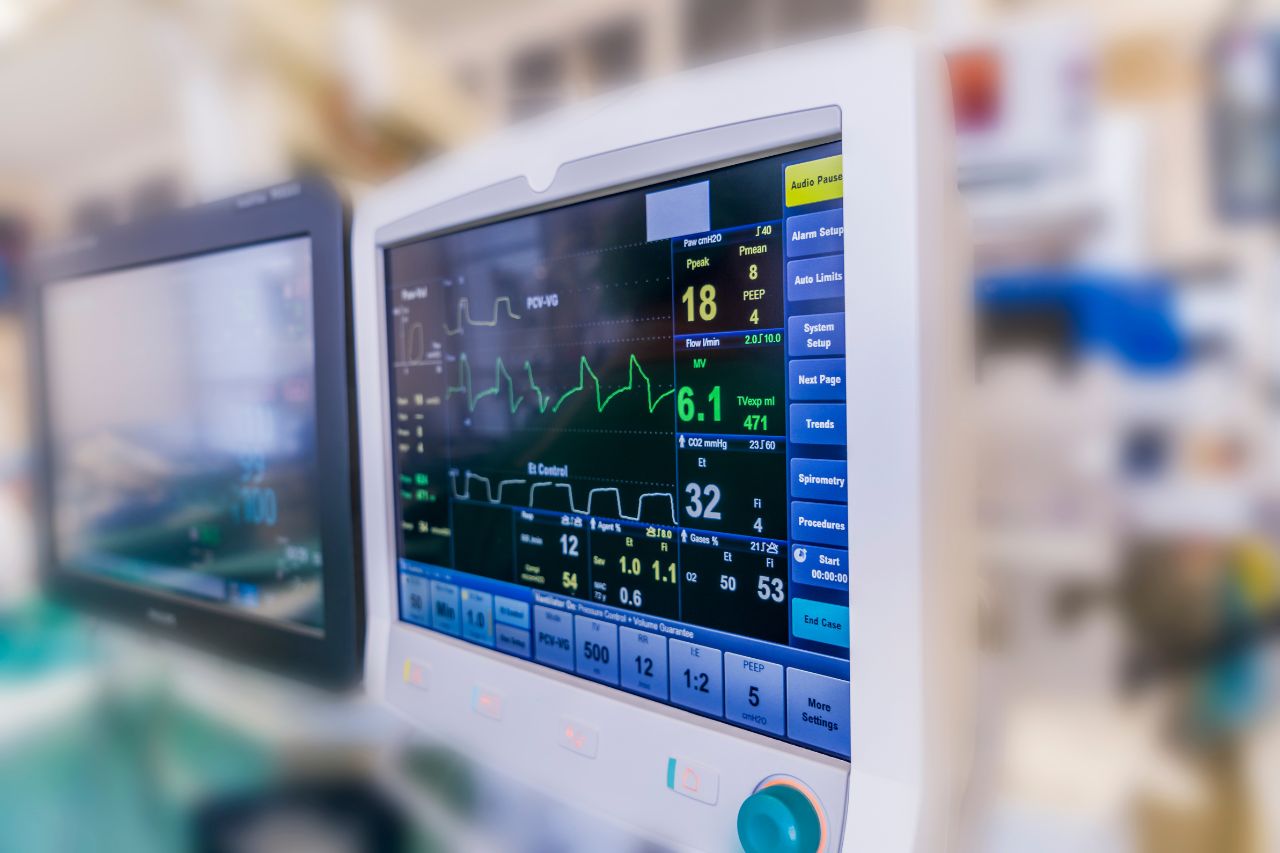What Activities Should I Avoid After Robotic-Assisted Ureteroscopy?
.jpg?rev=584e784839c243c1876d740efd7be61d)
If you’re experiencing pain in your back or side, blood in your urine, or recurrent urinary tract infections, it could be a sign of kidney stones.
Kidney stones come from mineral buildups, while ureteral strictures result from the scarring or narrowing of the ureters. Candidates for robotic-assisted ureteroscopy include individuals experiencing flank pain, blood in the urine, or recurrent urinary tract infections.
These symptoms can be treated through robotic-assisted ureteroscopy. A ureteroscopy is an outpatient procedure (meaning you don’t spend the night) that doctors perform to diagnose or treat specific problems in the ureters (tubes that connect the kidneys and bladder) and kidneys, such as ureteral stones.
What Happens in a Robotic-Assisted Ureteroscopy?
When a doctor performs a robotic-assisted ureteroscopy, they use advanced technology from da Vinci Systems that enables enhanced viewing of the procedure site and precise movements of the tools involved.
Ureteroscopy uses a camera-equipped scope to directly visualize and manage stones and strictures within the urinary tract, employing techniques like laser fragmentation, stenting, and extraction for precise diagnosis and treatment.
For example, if you have ureter or kidney stones, your doctor may get assistance from the system as they use a basket-shaped device to remove them. They might also place stents to keep your ureters open.
What Not to Do Following Robotic-Assisted Ureteroscopy
In addition to better viewing and improved tool manipulation, robotic-assisted procedures can reduce post-procedure discomfort and accelerate recovery. Still, a ureteroscopy will require you to avoid certain activities for a few weeks.
Typical post-procedure guidelines include:
- No driving a car for two weeks.
- No lifting objects heavier than 10 lbs for four weeks.
- No stair climbing or strenuous exercise for four weeks.
- No straining during bowel movements for a few weeks (this might require taking a laxative).
- Your doctor may modify these guidelines based on your needs and procedure outcome.
There are also some activities that you should do. For instance, it’s crucial that you drink plenty of fluid to keep your urine flowing and wash out any small clots the procedure causes. You may want to be near a bathroom or have a portable urinal handy for several weeks after your procedure since a sudden need to urinate, poor control, and dribbling of urine is common until your body heals.
Talk with Your Baptist Health Doctor About Robotic-Assisted Ureteroscopy
Robotic-assisted ureteroscopy may be the best way for your doctor to examine your ureters and kidneys and remove stones or provide other treatments. If you’re a good candidate, your care team will provide details on what to expect during and after the procedure, including activity restrictions.
If you don’t have a Baptist Health physician, you can find one near you in our online provider directory.


.jpg?rev=5229991c6207420aaae668ba0804b3bc)
.jpg?rev=ed72459f825148bc85a8cd78cd3cd5fa)